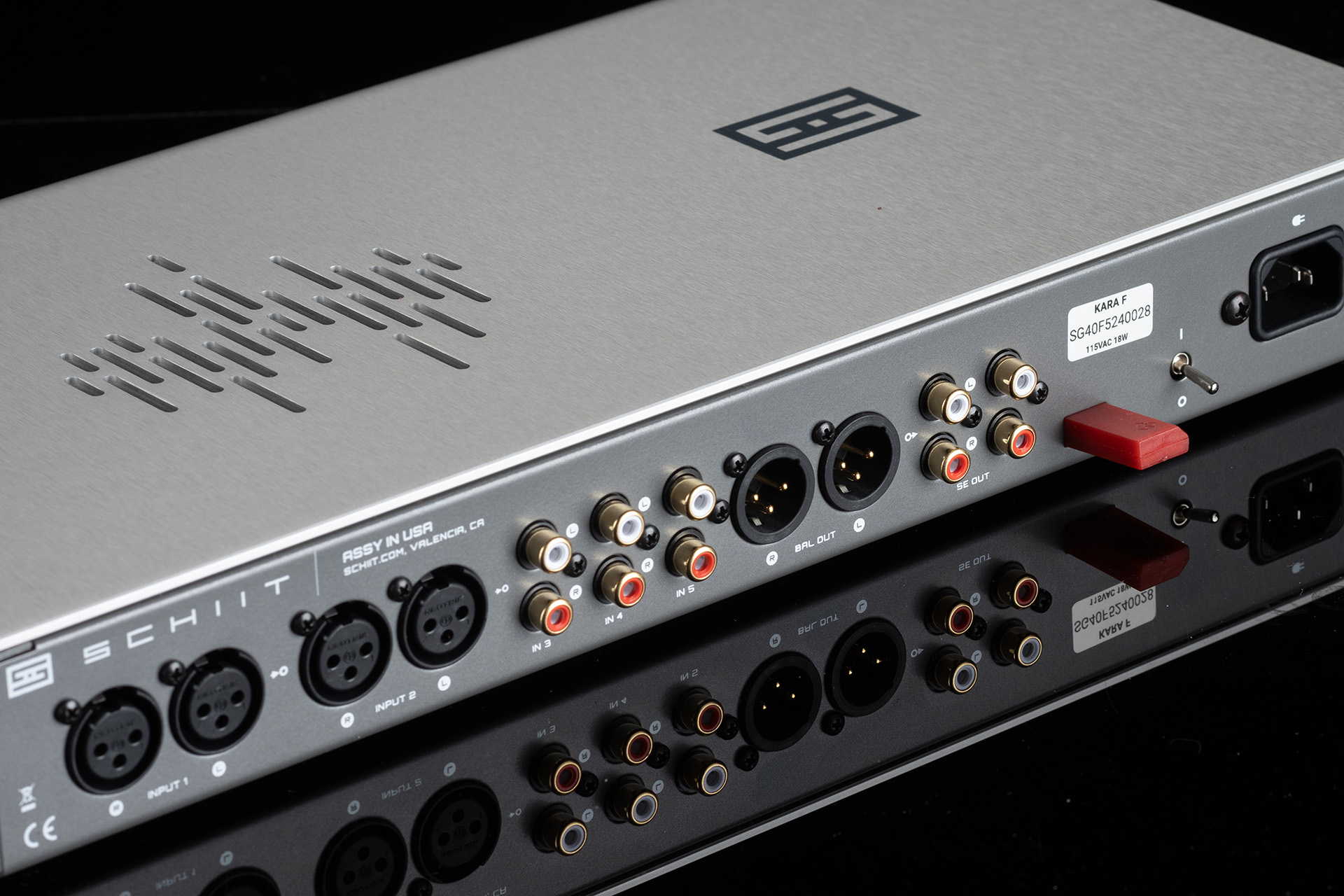SPECS THAT MATTER
Noise: inaudible
Distortion: unmeasurable by APx555 in passive mode, state of the art balanced, better than any transducer in any configuration
Heat: gets moderately warm; not surprising for a Class A device
Size: shelf- and rack-friendly, not super desk-friendly
OTHER SPECS
Passive
THD+N unmeasurable with APx555; below analyzer capability
Balanced to Balanced
- Standard IR remote for all front panel functions: volume, input select, gain, mute, etc.
- Standard Forkbeard control system for all the above, plus advanced functions including system health and alerts, and additional capabilities when more Schiit Forkbeard products are added to the stack.









